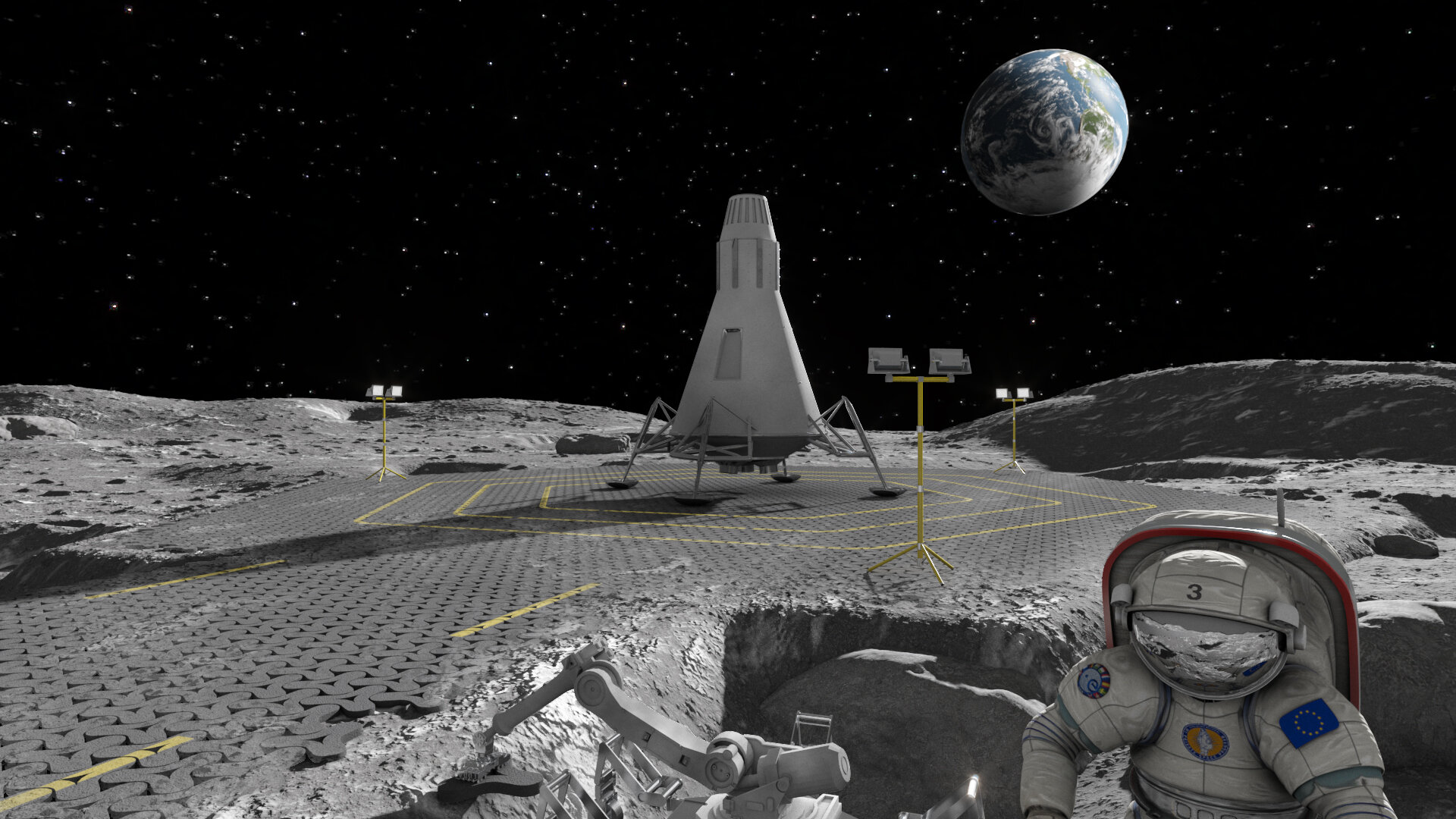The ESA’s Gaia Observatory continues its astrometry mission, which consists of measuring the positions, distances, and motions of stars (and the positions of orbiting exoplanets) with unprecedented precision. Launched in 2013 and with a five-year nominal mission (2014-2019), the mission is expected to remain in operation until 2025. Once complete, the mission data will be used to create the most detailed 3D space catalog ever, totaling more than 1 billion astronomical objects – including stars, planets, comets, asteroids, and quasars.
Another benefit of this data, according to a team of researchers led by the Chinese Academy of Sciences (CAS), is the ability to predict future microlensing events. Similar to gravitational lensing, this phenomenon occurs when light from background sources is deflected and amplified by foreground objects. Using information from Gaia‘s third data release (DR3), the team predicted 4500 microlensing events, 1664 of which are unlike any we have seen. These events will allow astronomers to conduct lucrative research into distant star systems, exoplanets, and other celestial objects.
Continue reading “Gaia is so Accurate it Can Predict Microlensing Events”

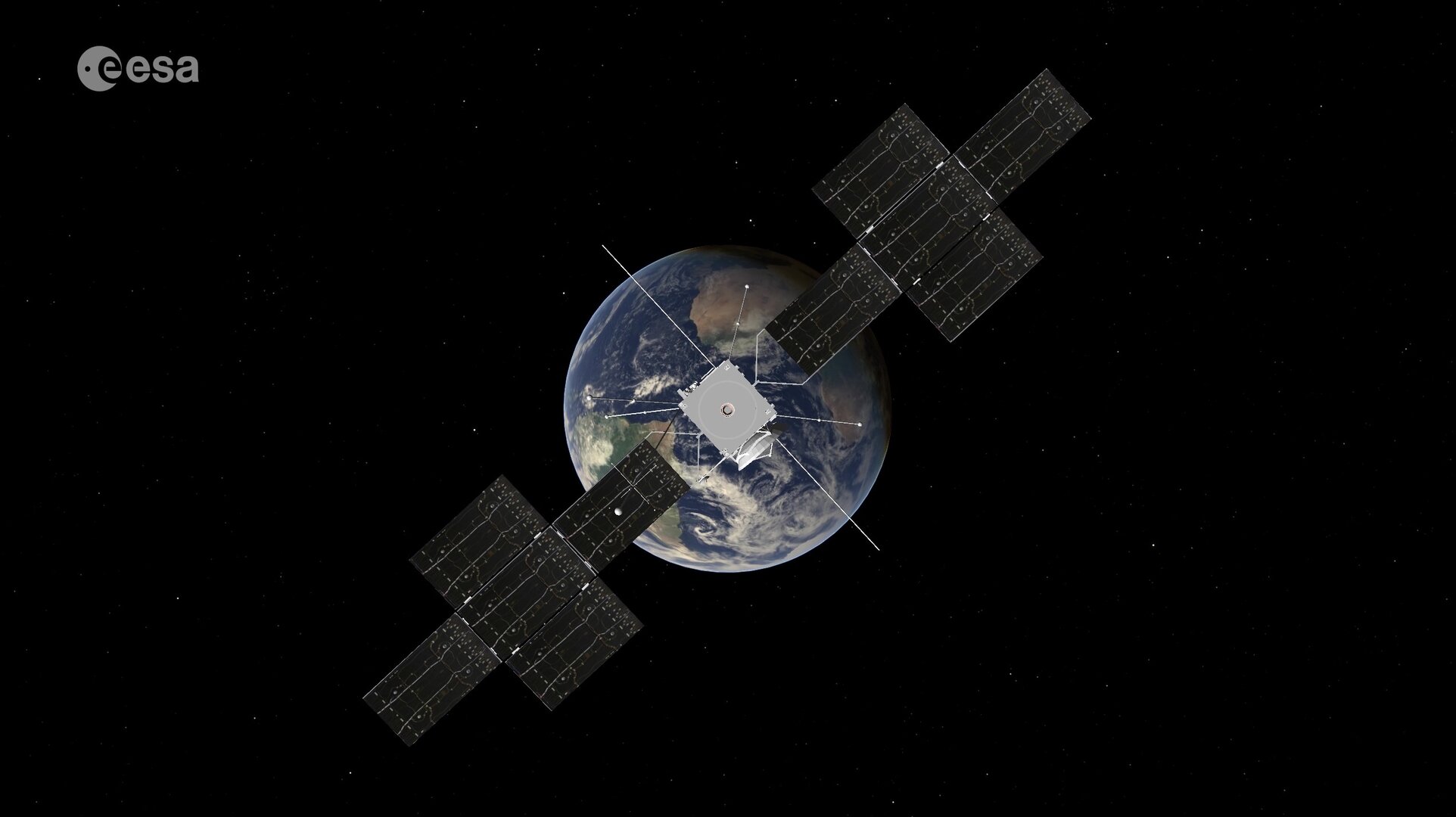
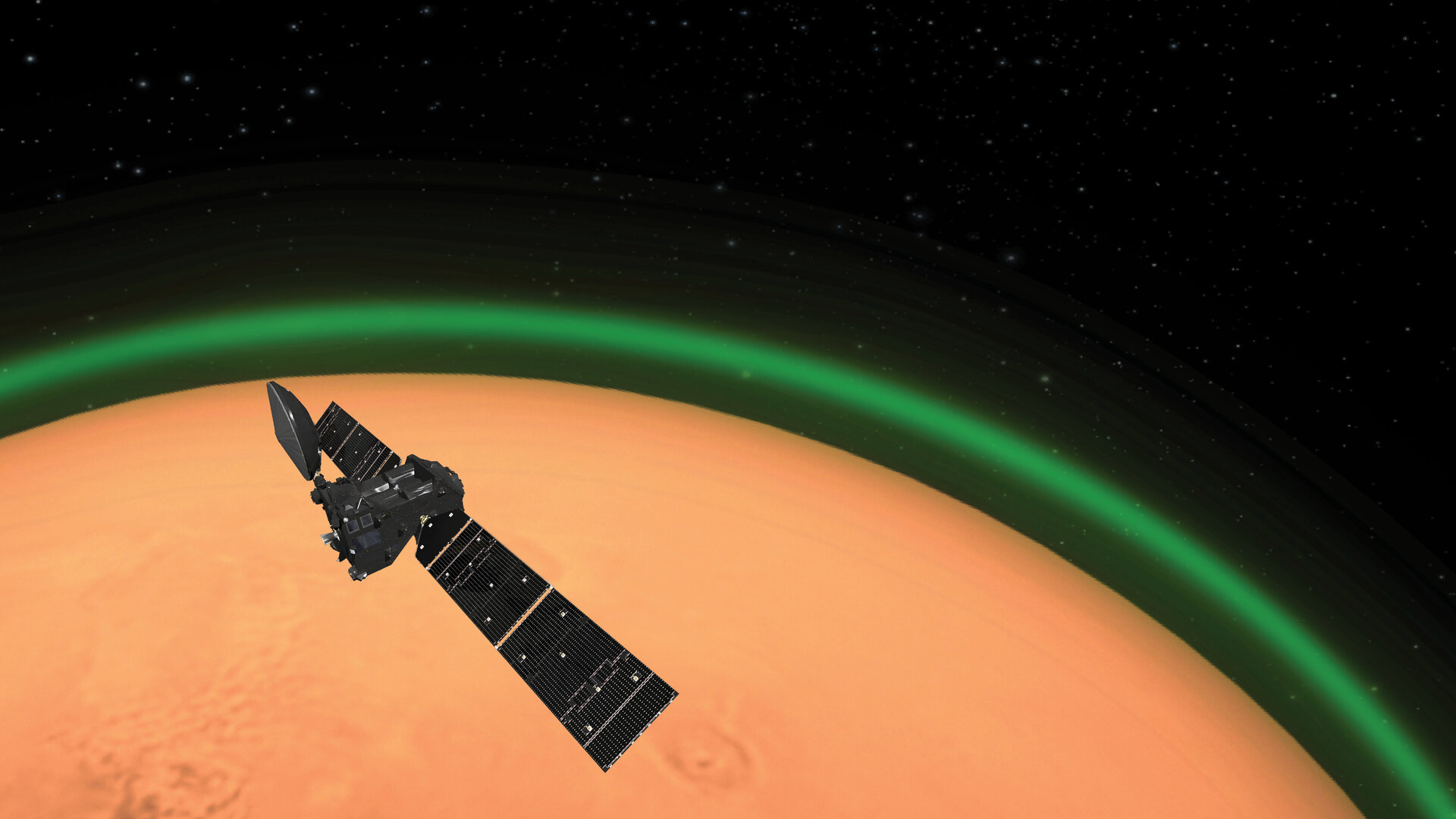
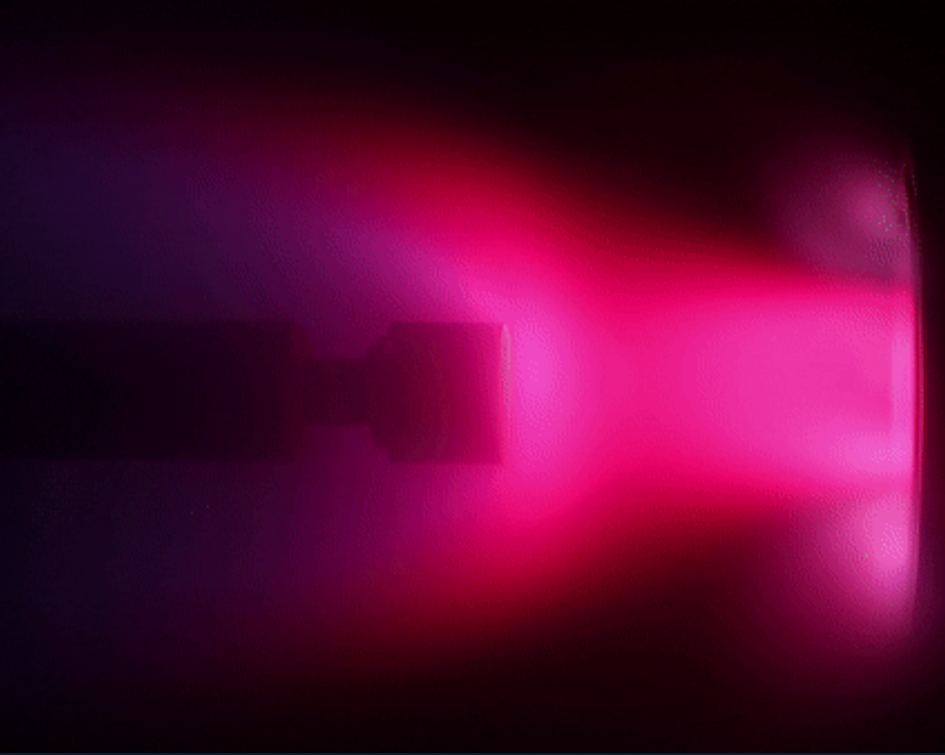
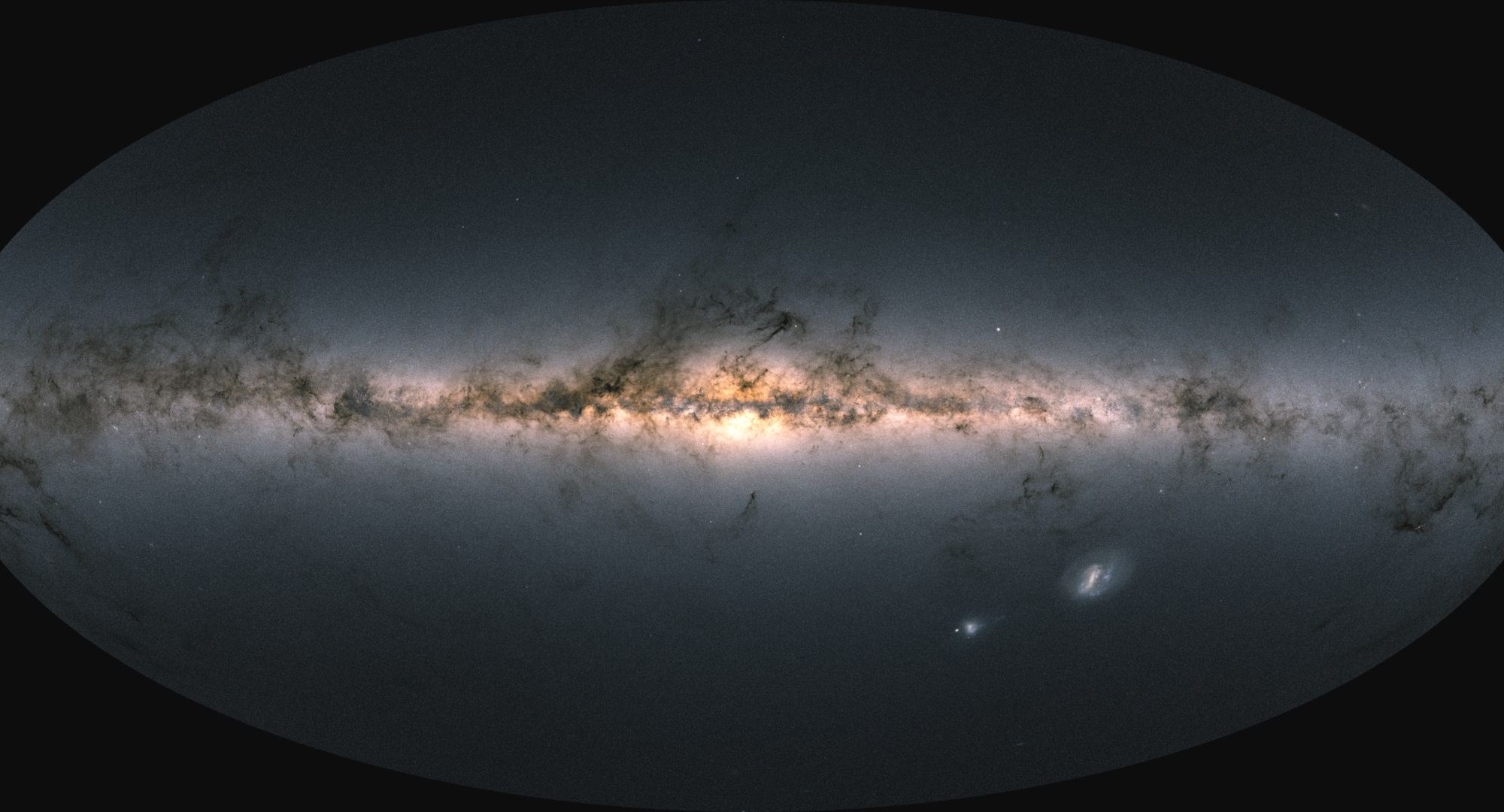
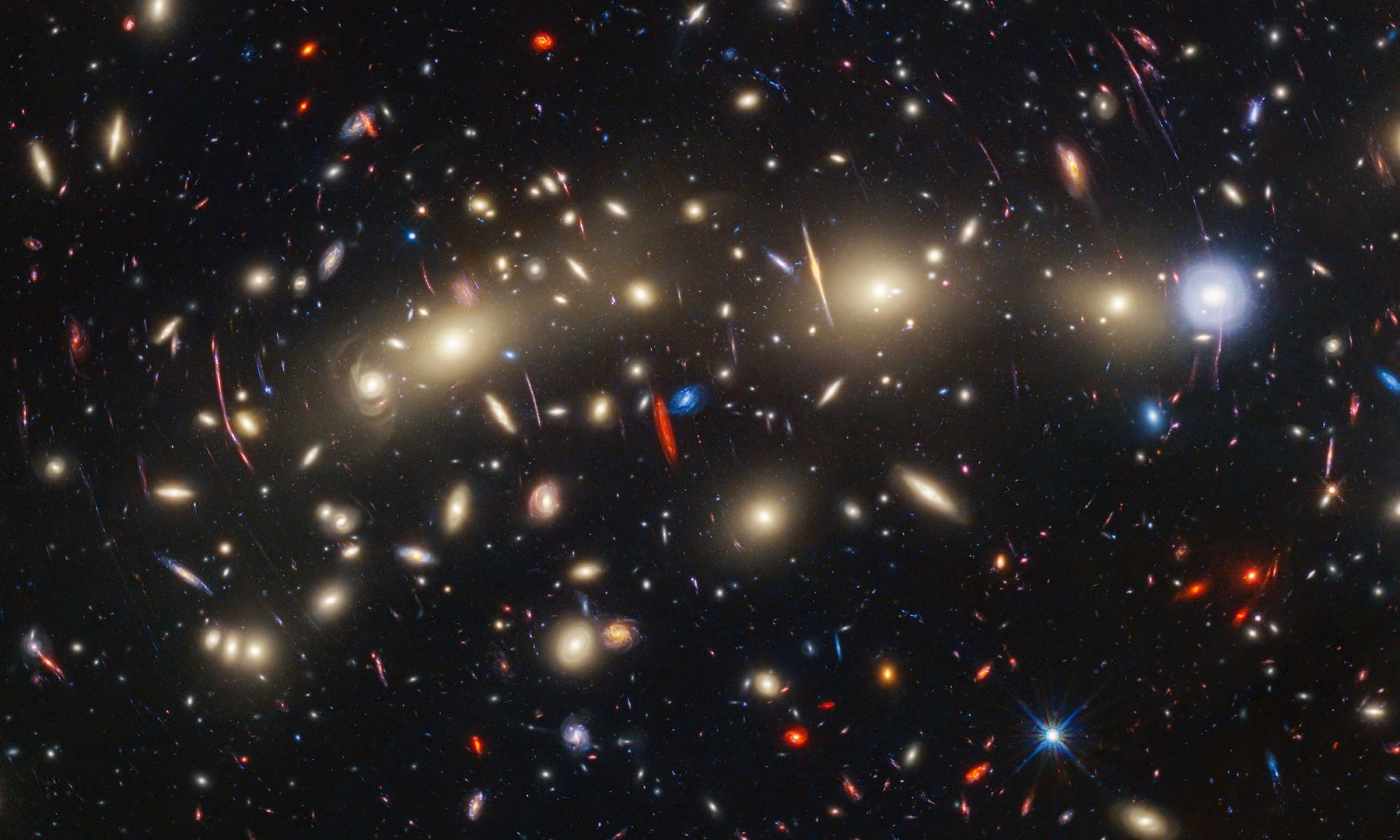
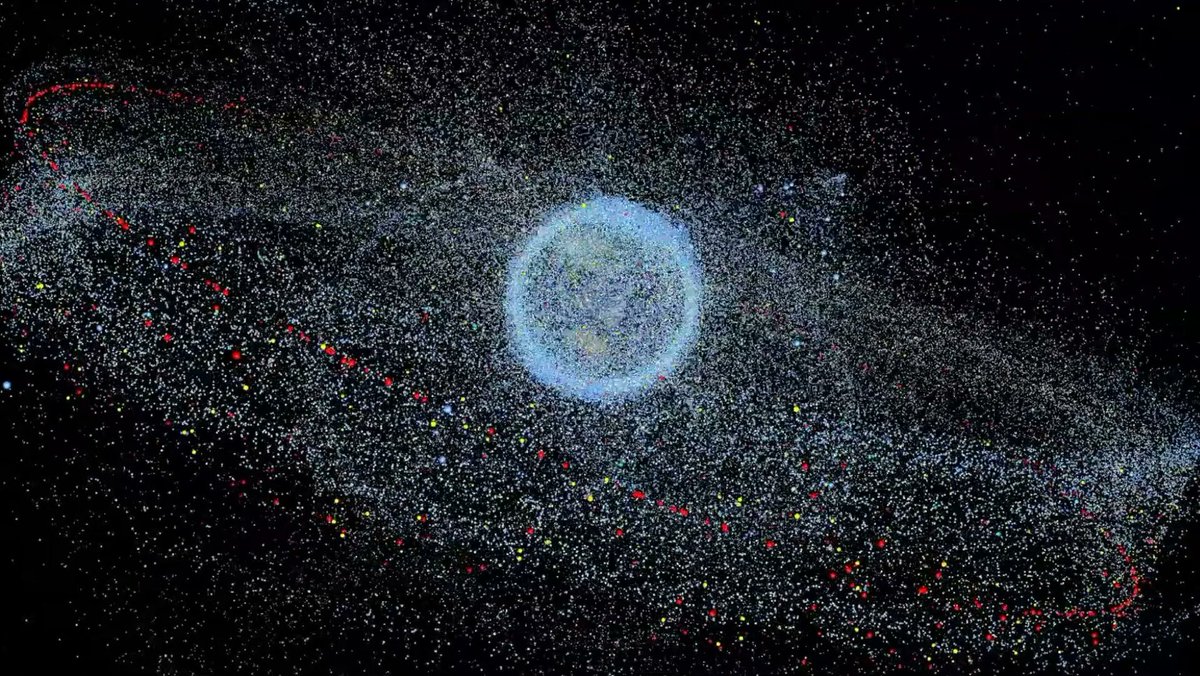
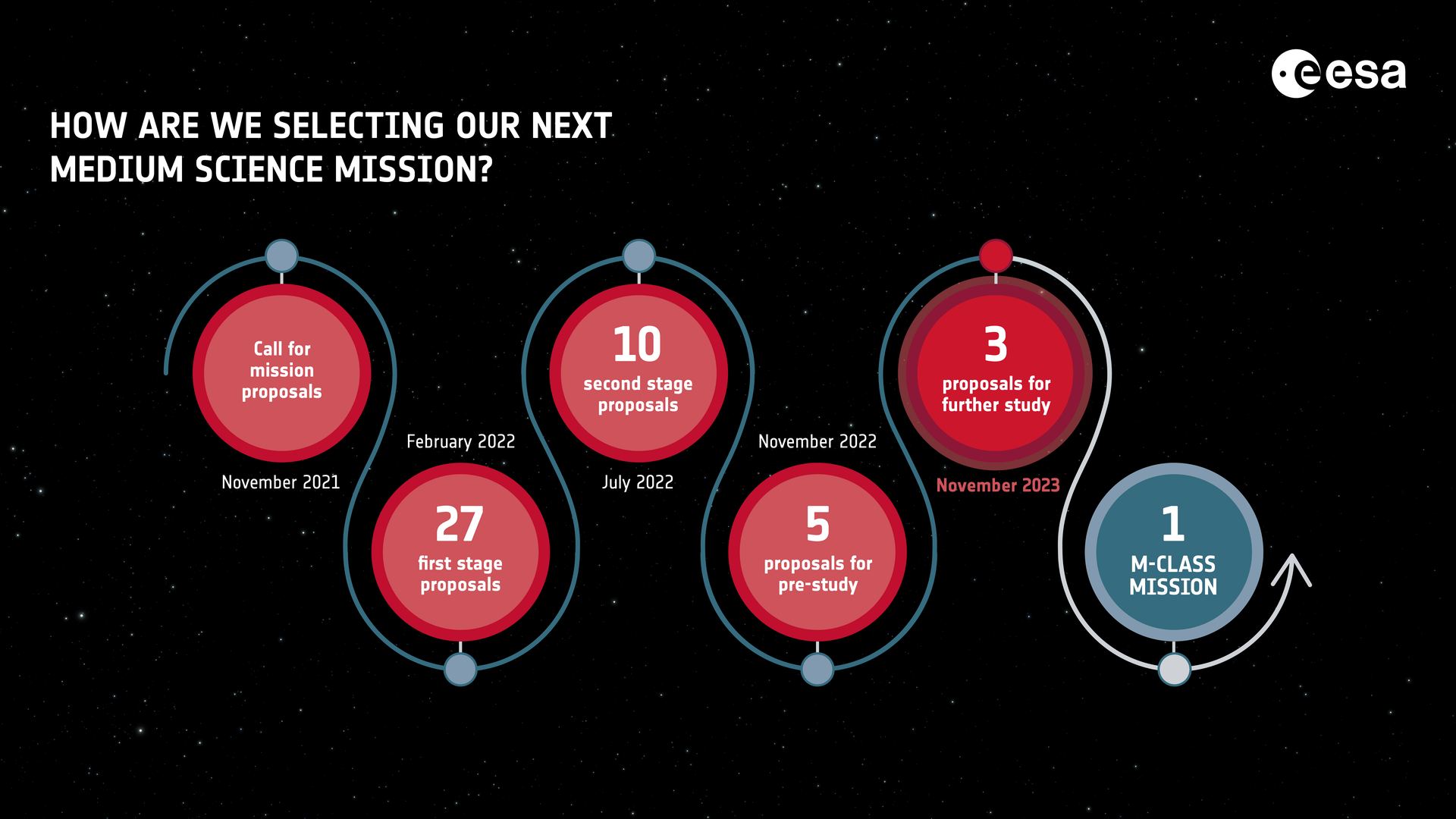
![The NASA/ESA/CSA James Webb Space Telescope has gazed at the Crab Nebula in the search for answers about the supernova remnant’s origins. Webb’s NIRCam (Near-Infrared Camera) and MIRI (Mid-Infrared Instrument) have revealed new details in infrared light. Similar to the Hubble optical wavelength image released in 2005, with Webb the remnant appears to consist of a crisp, cage-like structure of fluffy red-orange filaments of gas that trace doubly ionised sulphur (sulphur III). Within the remnant’s interior, yellow-white and green fluffy ridges form large-scale loop-like structures, which represent areas where dust particles reside. The area is composed of translucent, milky material. This material is emitting synchrotron radiation, which is emitted across the electromagnetic spectrum but becomes particularly vibrant thanks to Webb’s sensitivity and spatial resolution. It is generated by particles accelerated to extremely high speeds as they wind around magnetic field lines. The synchrotron radiation can be traced throughout the majority of the Crab Nebula’s interior. Locate the wisps that follow a ripple-like pattern in the middle. In the centre of this ring-like structure is a bright white dot: a rapidly rotating neutron star. Further out from the core, follow the thin white ribbons of the radiation. The curvy wisps are closely grouped together, following different directions that mimic the structure of the pulsar’s magnetic field. Note how certain gas filaments are bluer in colour. These areas contain singly ionised iron (iron II). [Image description: An oval nebula with a complex structure against a black background. On the oval's exterior lie curtains of glowing red and orange fluffy material. Interior to this outer shell lie large-scale loops of mottled filaments of yellow-white and green, studded with clumps and knots. Translucent thin ribbons of smoky white lie within the remnant’s interior, brightest toward its centre.]](https://www.universetoday.com/wp-content/uploads/2023/10/Crab-1.jpeg)

